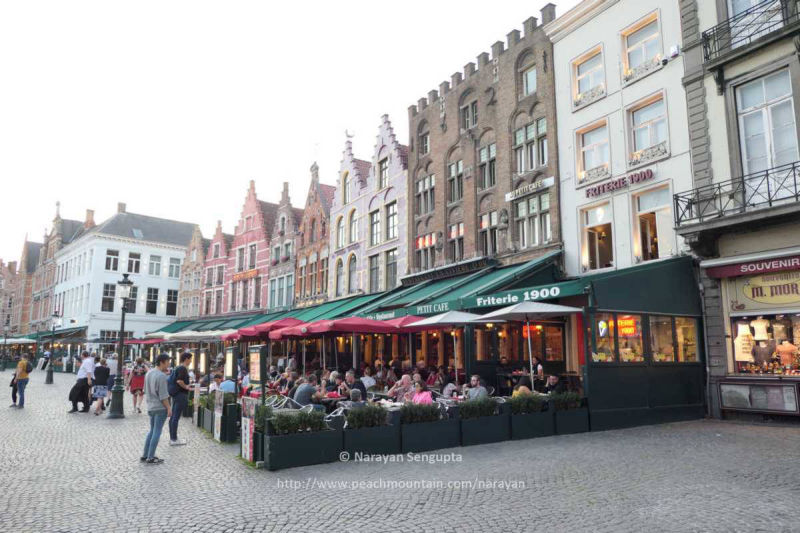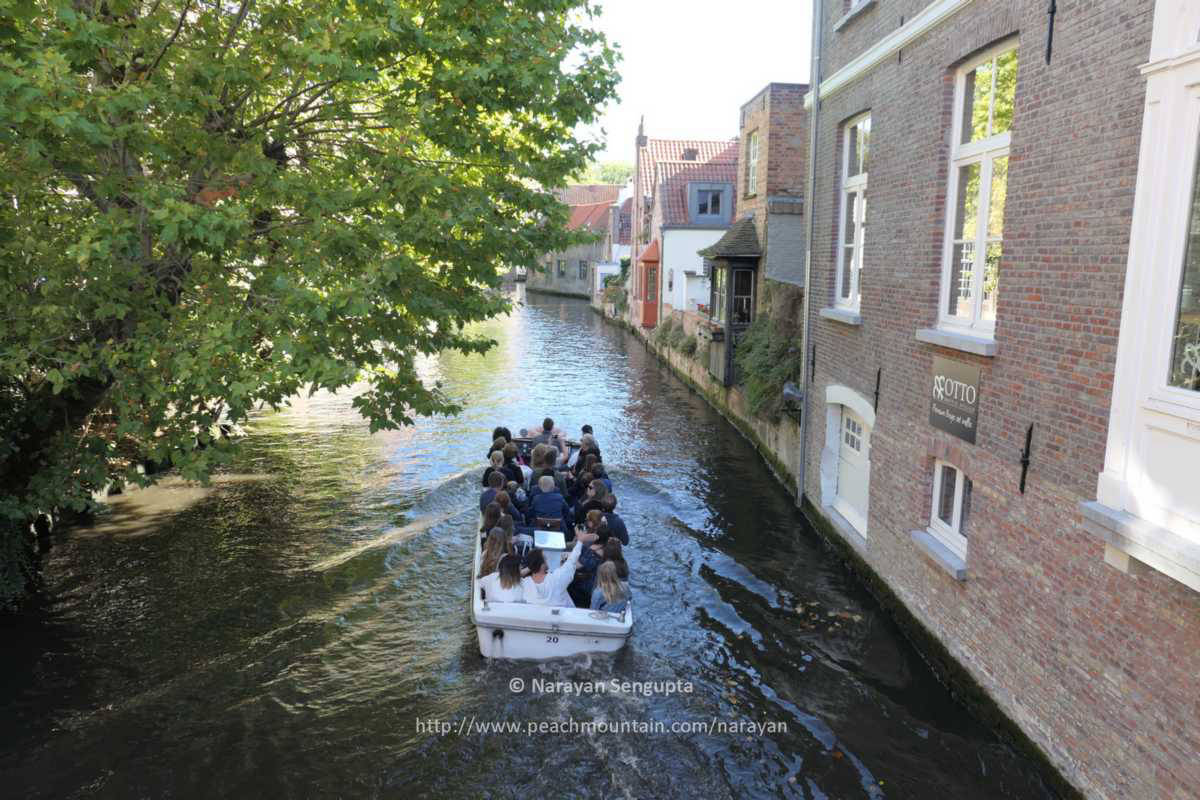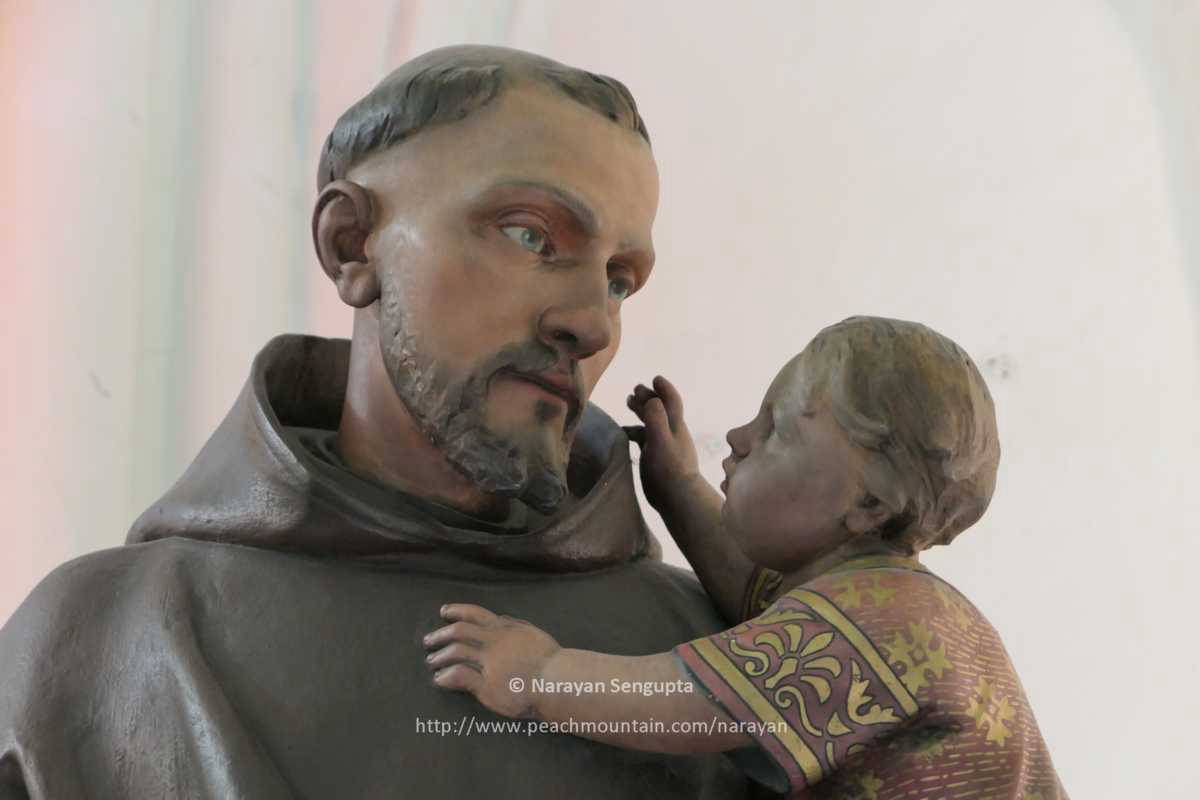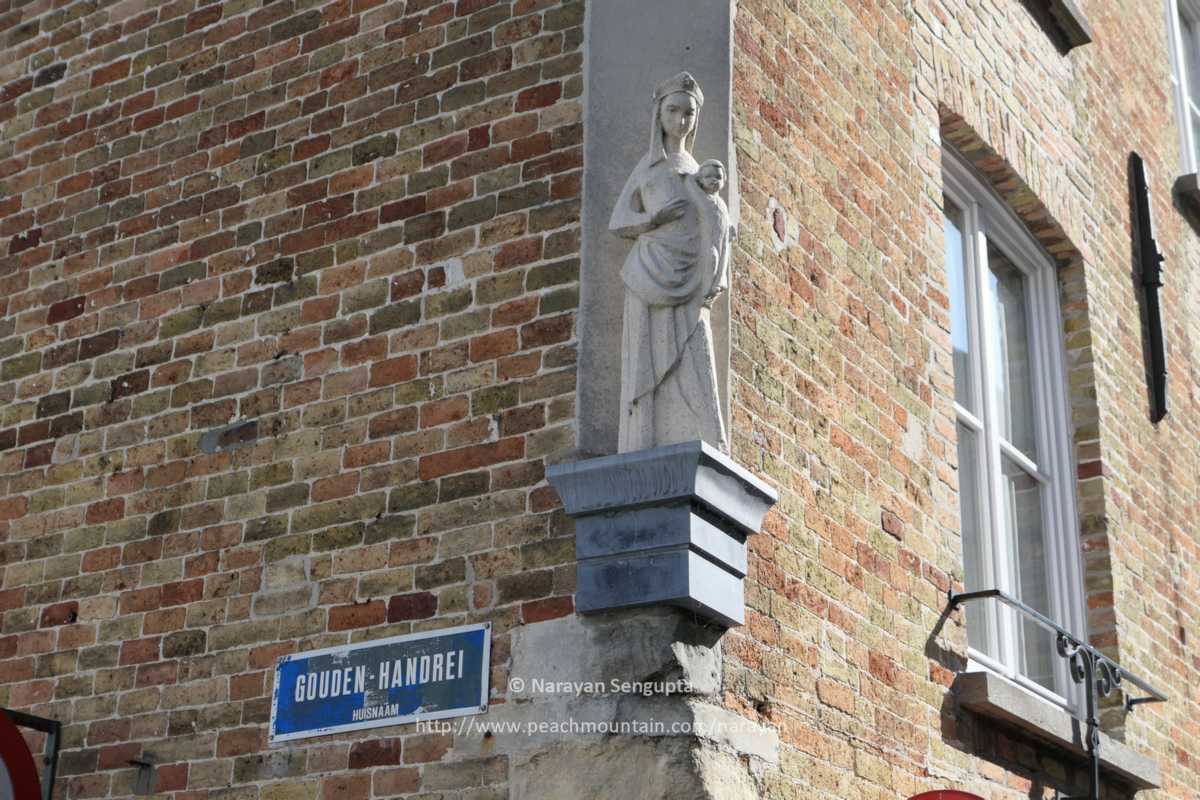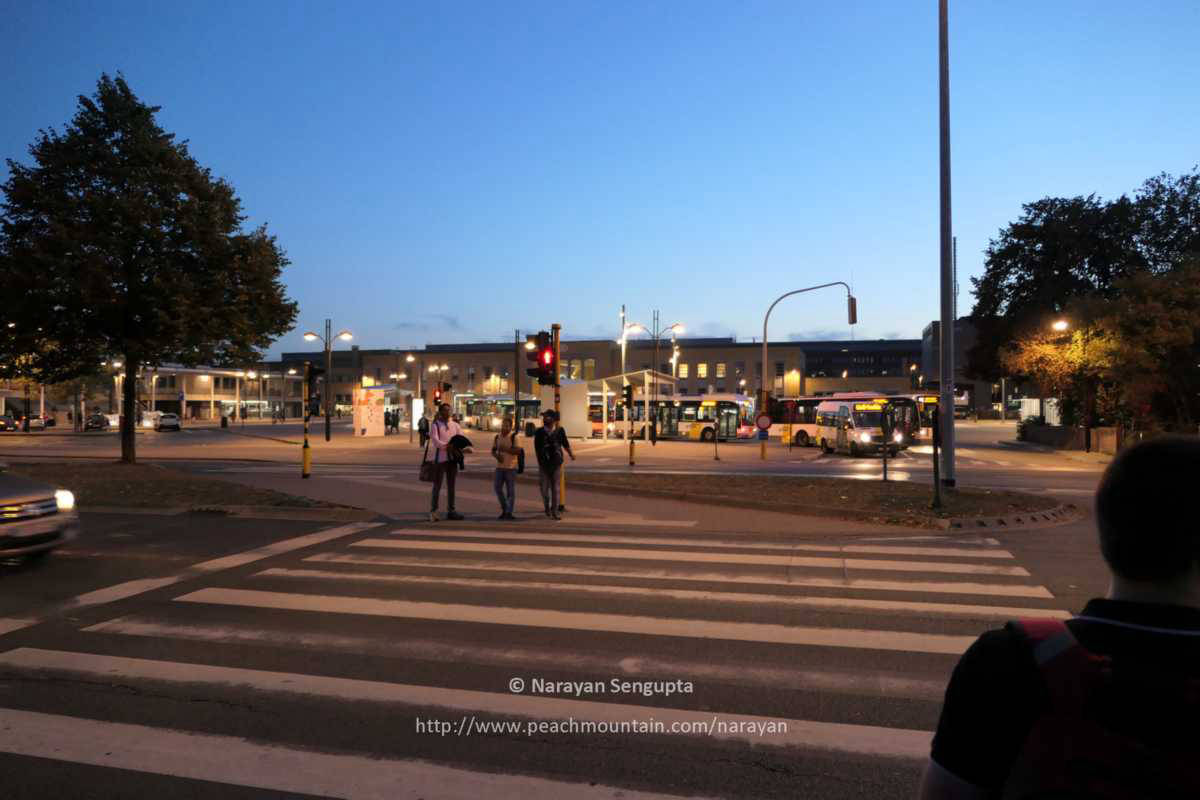Brugge's population is 117,000 though it’s many times that during tourist season. It’s a World Heritage UNESCO site. Its name comes from the old Dutch for bridge or bridgehead and the town dates to about 850 AD. The city chartered officially three hundred years later and started formalizing the canals and bridges.
Brugges joined the Hanseatic League, which competed strongly against the American League in baseball. No, wait, the Hanseatic League had nothing to do with baseball. Hansa meant convoy and it was a league of cities that traded with one another and had a mutual defense pact. The Hanseatic League reached from Brugges all the way to Poland. It was kind of a NAFTA + NATO for its day.
So there is the question of spelling the city’s name: Bruge? Brugges? Brugge? Zelondorf? Turns out that all are correct and pronounced the same way. Except the last one, which I might have made up.
We’re in the early batch of tourists. New ones would be disgorging from subsequent trains, buses, cars and what nots. We walked toward the town center, quickly amazed at the solid construction and stunning beauty, accentuated by giant planter boxes full of red flowers on bridges.
The canals we crossed were similar: roads on either side, then homes on either side of the roads. In the canals, boats plied with little hurry informing tourists in three or four languages key points of what they were seeing.
The main square is something else. Called simply “Markt” (Plaza, Square, Place, whatever), it’s flanked by a rainbow of guilder houses on two sides with outdoor restaurants full of tourists in front of each. All sell mussels, etc. And tall majestic Gothic buildings extrude into the skies on the other sides.
All the Gothic secular buildings are the result of a strong merchant class expressing itself in the contemporary architecture of the day… They were proud of their wealth, and they didn’t have to rely on the clergy to show off their new status.
The guilder houses with their stairstep facades also demonstrated their wealth. They were the key fobs of their day…
Lunch was at Café Belge, at 14 Geernartstaart, one road north of the main square. It was simple: garlic mussels for my beloved, vegetables in a curry sauce for me. We walked around the canals, and, as we suspected, a few streets north of the main square, the tourists fell away, and we had Brugge almost to ourselves. Then we started heading back toward the center.
 Brugges, Belgium
Brugges, Belgium Brugges, Belgium
Brugges, Belgium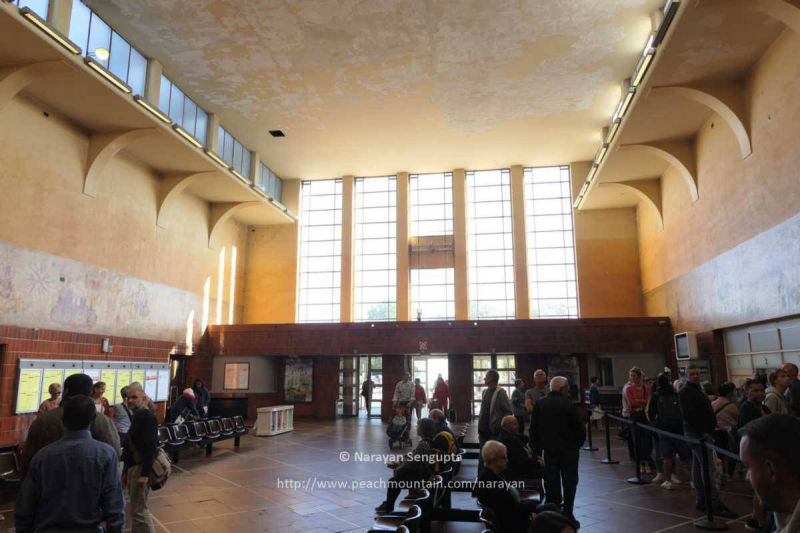 Brugges, Belgium
Brugges, Belgium Brugges, Belgium
Brugges, Belgium Brugges, Belgium
Brugges, Belgium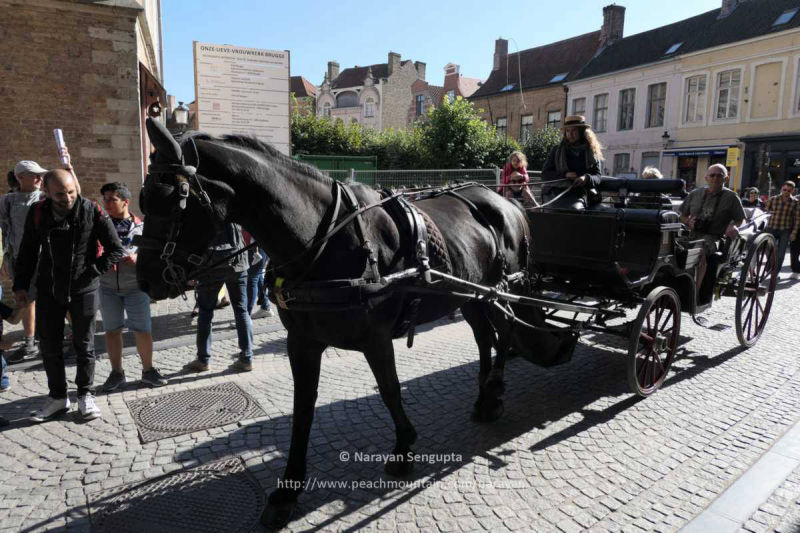 Brugges, Belgium
Brugges, Belgium Brugges, Belgium
Brugges, Belgium Brugges, Belgium
Brugges, Belgium Brugges, Belgium
Brugges, Belgium Brugges, Belgium
Brugges, Belgium Brugges, Belgium
Brugges, Belgium Street market
Street market Cute storefront
Cute storefront Belgian beers are everywhere!
Belgian beers are everywhere! Notre Dame (Onze Lieve Vrouwekerk)
Notre Dame (Onze Lieve Vrouwekerk) Notre Dame (Onze Lieve Vrouwekerk)
Notre Dame (Onze Lieve Vrouwekerk) Notre Dame (Onze Lieve Vrouwekerk)
Notre Dame (Onze Lieve Vrouwekerk) Notre Dame (Onze Lieve Vrouwekerk)
Notre Dame (Onze Lieve Vrouwekerk) Notre Dame (Onze Lieve Vrouwekerk)
Notre Dame (Onze Lieve Vrouwekerk) Notre Dame (Onze Lieve Vrouwekerk)
Notre Dame (Onze Lieve Vrouwekerk)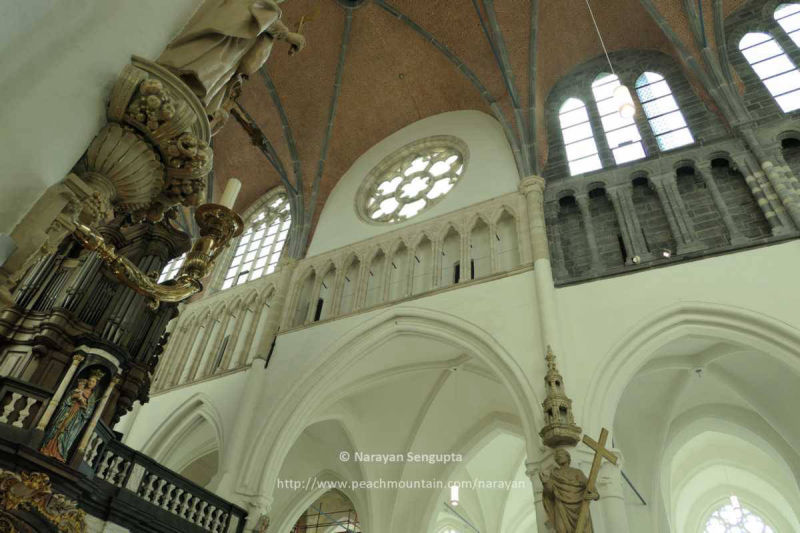 Notre Dame (Onze Lieve Vrouwekerk)
Notre Dame (Onze Lieve Vrouwekerk) Notre Dame (Onze Lieve Vrouwekerk)
Notre Dame (Onze Lieve Vrouwekerk) Streets and Canals
Streets and Canals
 Notre Dame (Onze Lieve Vrouwekerk)
Notre Dame (Onze Lieve Vrouwekerk)
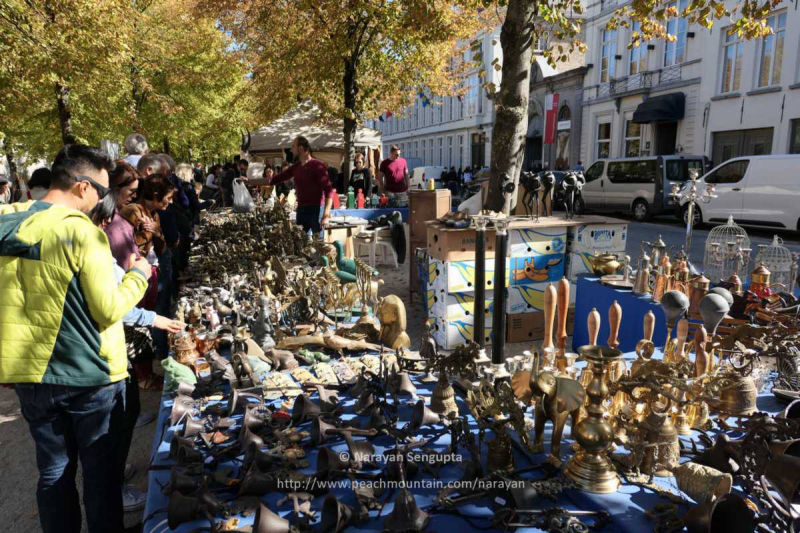 Street Market
Street Market Notre Dame (Onze Lieve Vrouwekerk)
Notre Dame (Onze Lieve Vrouwekerk)
































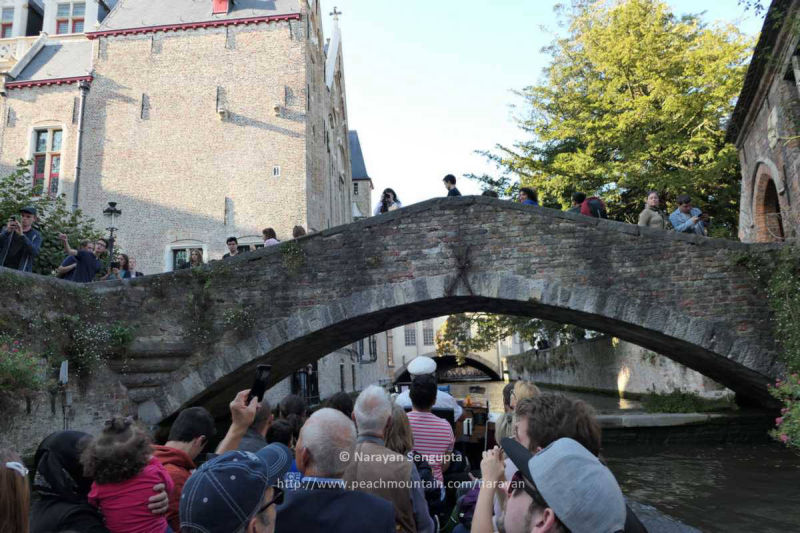

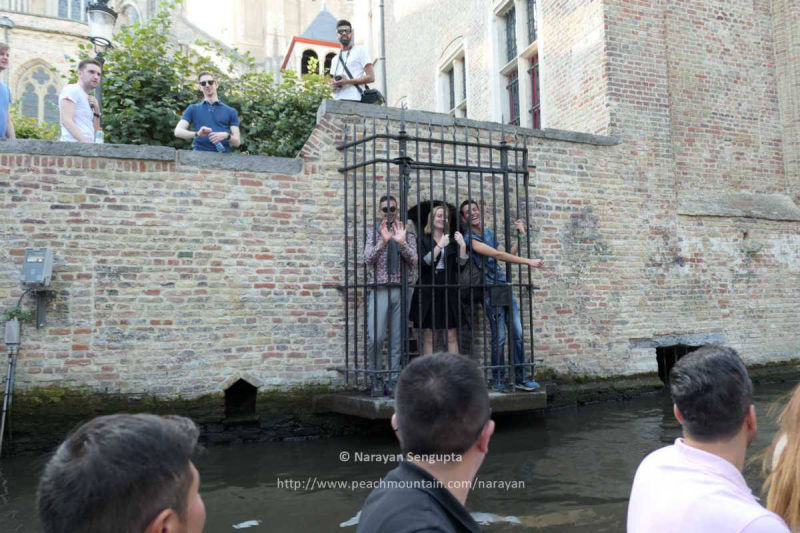


 Kruispoort Gate, one of the big gates left over from when the city was surrounded by walls that are now long gone.
Kruispoort Gate, one of the big gates left over from when the city was surrounded by walls that are now long gone.  There are also three large windmills up on a hilly grassy knoll.
There are also three large windmills up on a hilly grassy knoll.



